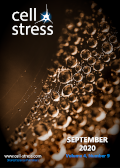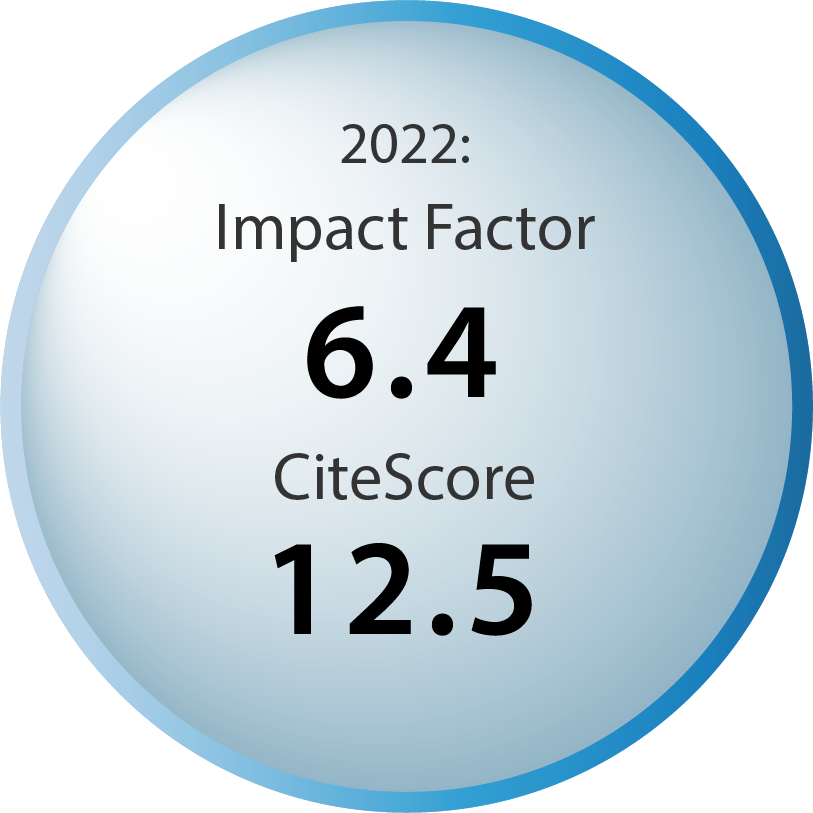Table of contents
Volume 4, Issue 9, pp. 218 - 229, September 2020
Cover: This month in
Cell Stress: Exocytosis - the fusion of vesicle and the plasma membrane - during cellular stress. Image by Spencer Selover via
pexels.com. Image modified by
Cell Stress. The cover is published under the
CC BY 4.0 license.
Enlarge issue cover
Exocytotic fusion pore under stress
Helena Haque Chowdhury and Robert Zorec
Reviews |
page 218-226 | 10.15698/cst2020.09.230 | Full text | PDF |
Abstract
Exocytosis is a universal process of eukaryotic cells, consisting of fusion between the vesicle and the plasma membranes, leading to the formation of a fusion pore, a channel through which vesicle cargo exits into the extracellular space. In 1986, Rand and Parsegian proposed several stages to explain the nature of membrane fusion. Following stimulation, it starts with focused stress destabilization of membranes in contact, followed by the coalescence of two membrane surfaces. In the next fraction of a millisecond, restabilization of fused membranes is considered to occur to maintain the cell’s integrity. This view predicted that once a fusion pore is formed, it must widen abruptly, irreversibly and fully, whereby the vesicle membrane completely integrates with and collapses into the plasma membrane (full fusion exocytosis). However, recent experimental evidence has revealed that once the fusion pore opens, it may also reversibly close (transient or kiss-and-run exocytosis). Here, we present a historical perspective on understanding the mechanisms that initiate the membrane merger and fusion pore formation. Next, post-fusion mechanisms that regulate fusion pore stability are considered, reflecting the state in which the forces of widening and constriction of fusion pores are balanced. Although the mechanisms generating these forces are unclear, they may involve lipids and proteins, including SNAREs, which play a role not only in the pre-fusion but also post-fusion stages of exocytosis. How molecules stabilize the fusion pore in the open state is key for a better understanding of fusion pore physiology in health and disease.
Hyaluronan goes to great length
Vera Gorbunova, Masaki Takasugi and Andrei Seluanov
Microreviews |
page 227-229 | 10.15698/cst2020.09.231 | Full text | PDF |
Abstract
Hyaluronan is a major non-protein component of extracellular matrix that affects biomechanical properties of tissues and interacts with cell receptors. Hyaluronan is a linear glycosaminoglycan composed of repeating disaccharides of (β, 1–4)-glucuronic acid (GlcUA) and (β, 1-3)-N-acetyl glucosamine (GlcNAc). The length of hyaluronan can range from an oligomer to an extremely long form up to millions of daltons. The concept that emerged in the field is that high (HMW-HA) and low (LMW-HA) molecular weight hyaluronans have different biological properties and trigger different signaling cascades within the cells. LMW-HA is associated with inflammation, tissue injury and metastasis, while HMW-HA improves tissue homeostasis and has anti-inflammatory and antimetastatic properties. HMW-HA is used in the clinic to treat arthritis, and as a filler in surgery and in the form of rinses to treat local inflammation. However, HMW-HA products used in the clinic come in a range of sizes between 0.5-6 mDa that are used interchangeably. Remarkably, the tissues of a long-lived and cancer-resistant rodent, the naked mole rat, contain abundant HA of very high molecular weight. While human fibroblasts secrete HA up to 2 MDa, naked mole rat fibroblasts produce HA of 6-12 MDa. Does this very high HMW-HA (vHMW-HA) differ functionally from HMW-HA? We found that vHMW-HA has superior cytoprotective properties compared to HMW-HA, and interacts differently with the CD44 receptor leading to distinct transcriptional changes (Takasugi et al. (2020), Nat Commun). These results indicate that vHMW-HA has greater therapeutic benefits than the standard HMW-HA.



